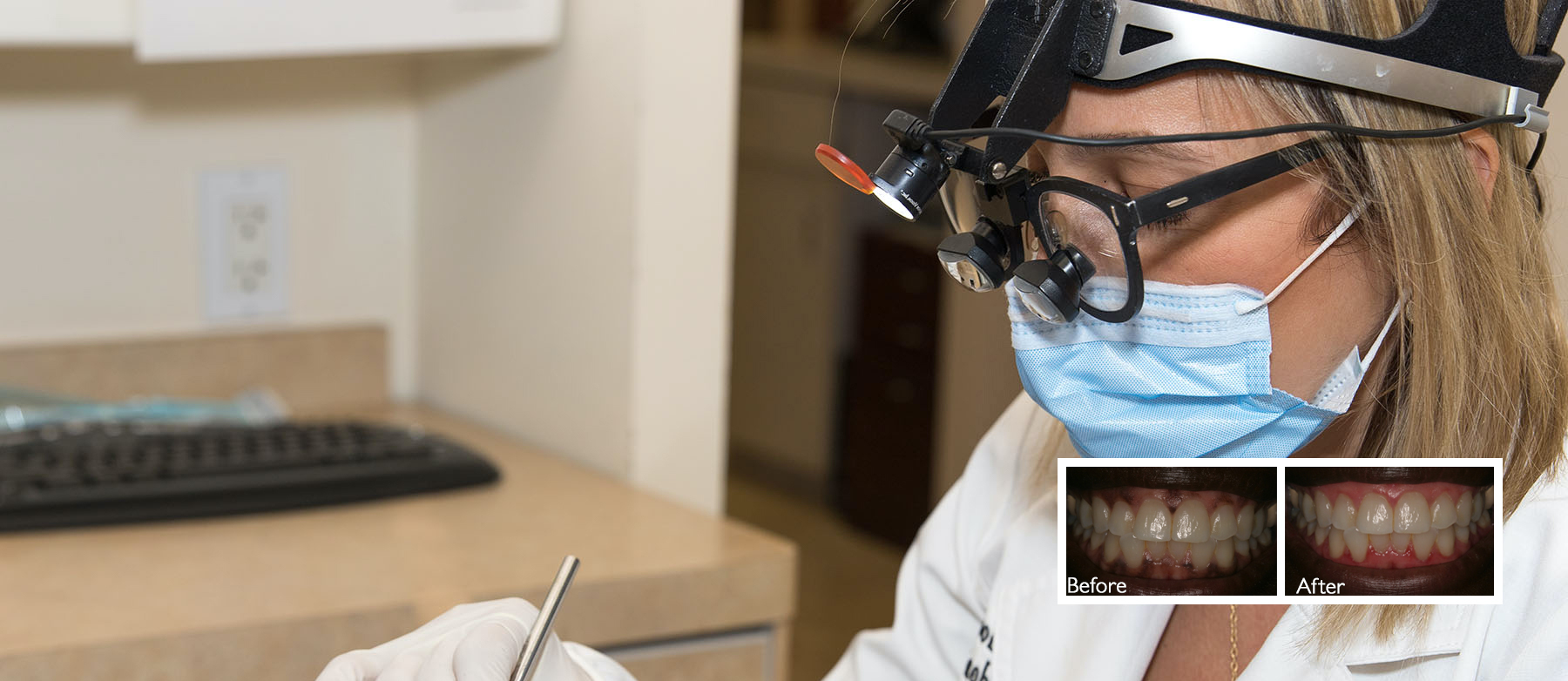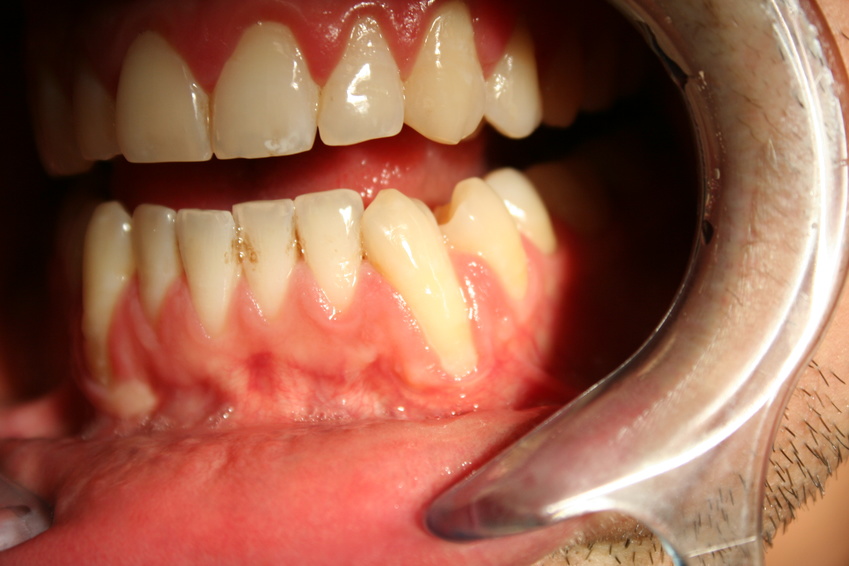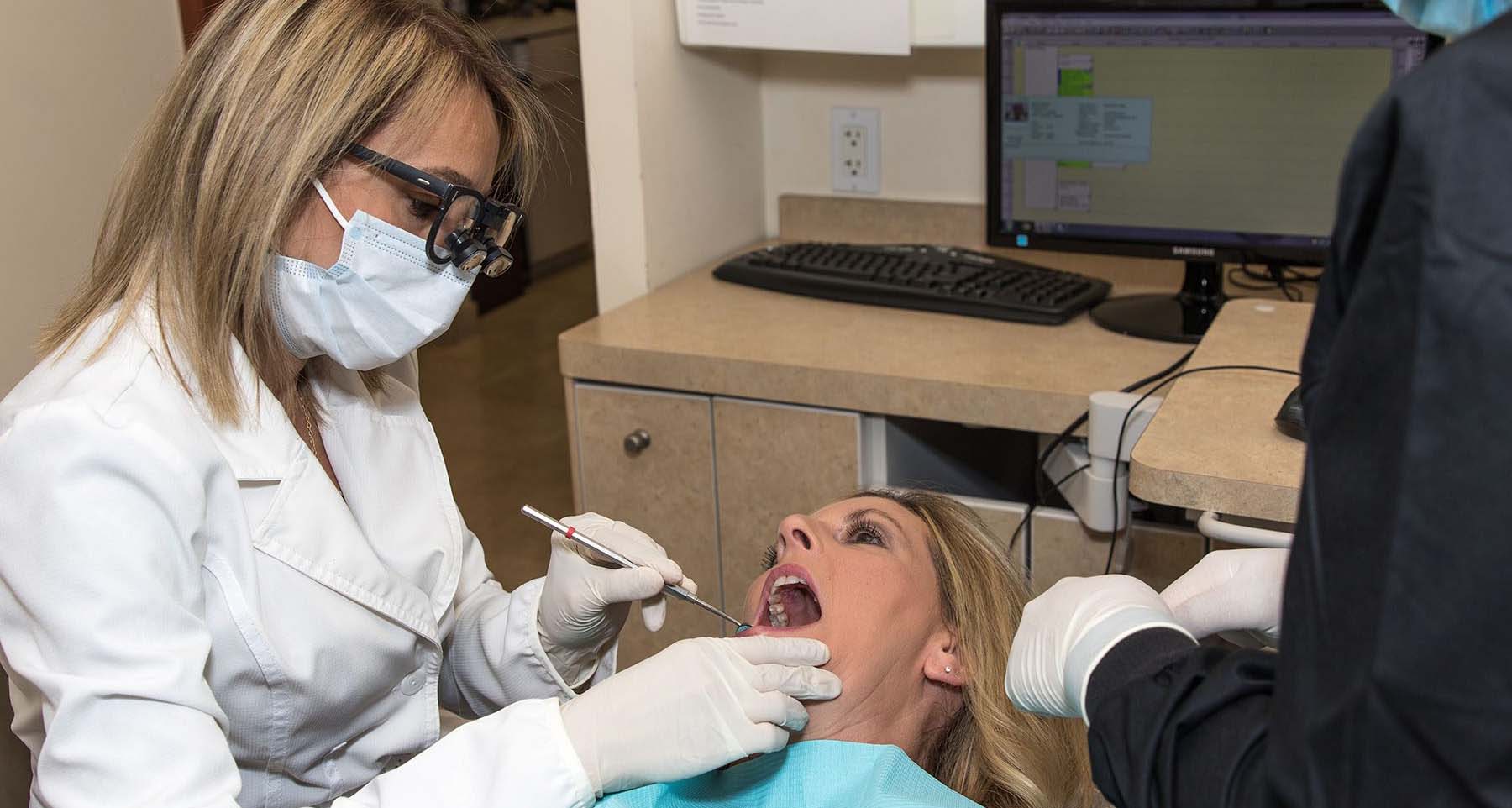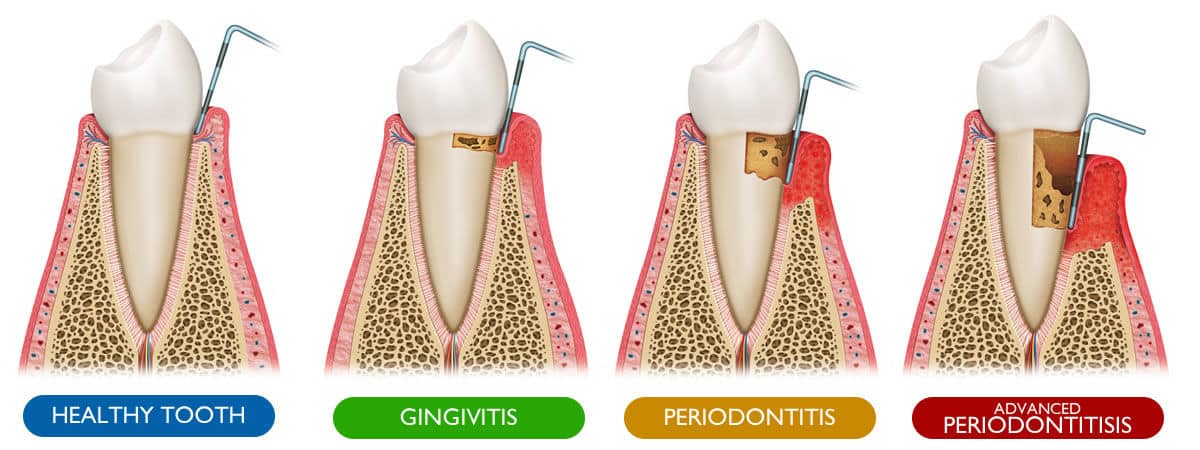For those not familiar with a gum graft, also known as gingival grafting, gum grafting, or periodontal plastic surgery, it is a dental procedure used to treat receding gums. In many cases, a periodontist will recommend this procedure to patients diagnosed with periodontal disease, a severe form of gum infection that damages both the gum tissue and jawbone. According to a study published by the Centers for Disease Control and Prevention (CDC), nearly 48 percent of people in America over the age of 30 have some form of periodontal disease. And the percentage is even higher among seniors, with over 70 percent of adults age 65 and older reportedly struggling with the same oral health condition, which, by the way, can lead to tooth loss if left untreated. A gum graft procedure not only improves the appearance of gum tissue but also slows the progression of periodontal disease, which can significantly lower the risk of tooth loss.
What You May Not Know About Periodontal Disease but Probably Should
Along with receding gums and an increased risk for tooth loss, it is not uncommon for individuals with an advanced form of periodontal disease to complain of severe pain, especially when chewing food. And this often stems from swelling and inflammation of the gum tissue. Additionally, the disease causes deep periodontal pockets to form in-between gums and teeth, which exposes tooth roots and makes pain symptoms even worse. To put this into perspective, it helps to know the difference between the pocket depth of healthy gum tissue, also known as gingiva, and diseased tissue. According to most dental practitioners in Los Angeles, including Delaram Hanookai DDS., individuals with healthy gums generally have pocket depths measuring between 1 and 3 millimeters. By comparison, those who have periodontal disease have pockets that are 4 millimeters or deeper. Along with everything mentioned so far, periodontal disease can also cause the following:
- Bad breath
- Bleeding gums
- Formation of pus in-between the teeth and gums
- Increased spacing in-between teeth
- Bright red or purplish gums
It is also worth noting that periodontal disease does not only affect the oral cavity. According to the American Academy of Periodontology, the condition, if left untreated, can give way to diabetes and cardiovascular disease.
Los Angeles Periodontists Discuss the Benefits of a Gum Graft as a Treatment for Periodontal Disease
While other periodontic treatments can help with early-stage periodontal disease, a gum graft is often a go-to for those who have advanced periodontal disease in which the gum tissue is pulling away from the teeth to the extent that tooth roots are exposed. After all, both of these problems can cause a great deal of pain. That said, there is no such thing as a one size fits all approach when it comes to a gum graft procedure. Therefore, most periodontists, including Delaram Hanookai DDS., and those with Southland Denta Care, for example, will recommend a procedure that best meets the needs of a patient following their initial examination. That being stated, all gum graft procedures are effective in reducing gum pocket depth, pain, and the risk of tooth loss.
What Kind of Gum Graft Procedures Are Available to Those With Periodontal Disease?
Depending on the conditions of a patient’s gums and teeth, a periodontist will recommend one of three types of gum grafting procedures:
Free gingival graft
This particular gum grafting surgery entails removing a small amount of tissue from the roof of the mouth and suturing it to areas around the teeth where gum tissue has receded.
Connective tissue graft
This form of gum grafting is similar to a free gingival graft but slightly more invasive. The procedure entails cutting into the roof of a patient’s palate and removing a small amount of connective tissue, which, unlike in the case of a free gingival graft, is underneath a top layer of tissue. From there, the periodontist will suture the connective tissue to areas where the gums have receded.
Pedicle graft
This particular type of gum graft is ideal for individuals who have a lot of healthy gum tissue in an area close to where diseased gum tissue is also receding. A pedicle graft involves cutting a flap of tissue from nearby healthy gums, instead of the palate, and pulling it over the receding gums to cover exposed tooth roots. Something else to note when it comes to pedicle grafts is that these procedures do not interfere with blood flow in the oral cavity in the way that free grafts and connective tissue grafts can.
It is worth pointing out that all of these gum grafting surgeries have a high success rate. In fact, current data shows that gum graft failure happens in only 2 percent of all cases. And as far as pain and discomfort during these procedures are concerned, the local anesthetics used by periodontists makes gum graft surgery a relatively painless experience.
See Also : Gum Disease Stages
Pros and Cons of Gum Restoration Surgery
For anyone thinking about undergoing a gum graft, it is important to note that all variations of this procedure, while they might differ slightly, have the same pros and cons. That being said, the list of these pros and cons for free gingival, connective tissue, and pedicle grafts, according to periodontists with Southland Denta Care, include the following:
Pros
- Prevents tooth loss
- Can decrease sensitivity to hot or cold beverages and food
- Improve overall gum appearance
- Covered by most dental insurance providers
Cons
- Can cause temporary pain, swelling, or bruising
- An inability to consume certain foods or drinks during gum graft healing
- Gum graft pain
- Difficulty speaking during gum graft healing
Caring for Your Gums After a Gum Restoration Procedure
Even though the gum restoration procedures detailed in this article can lead to better oral health, it is not uncommon for some individuals to develop a gum graft infection in the days of weeks following the surgery. In many cases, these infections often stem from not practicing good oral hygiene or eating the wrong foods following gum restoration. To keep gum graft infection at bay, relieve lingering gum graft pain, and speed up gum graft recovery time, many periodontists will recommend the following to their patients:
- Using an antimicrobial mouthwash
- Not brushing or flossing in areas where the gum surgery was performed
- Avoiding strenuous activities that can delay gum tissue graft recovery
- Eating only soft foods, such as yogurt, cottage cheese, and eggs, after gum surgery
Common Signs of a Gum Graft Infection
Despite following the recommendations of their periodontist and otherwise taking excellent care of their gums following gum graft surgery, a small percentage of people still develop an infection. Some of the more common symptoms associated with an infection following gum graft surgery include the following:
- Facial redness
- Fever
- Swelling
These symptoms can reveal themselves within 48 hours after the surgery for some people. And those who have the misfortune of encountering them should be seen by their periodontist sooner rather than later.
Everything You Need to Know About Gum Graft Recovery
Although the steps necessary to prevent infection and improve the results of a gum graft might prove frustrating to some, they can speed up gum graft recovery. Generally speaking, gum tissue graft recovery takes 1 to 2 weeks if there are no extenuating circumstances, such as infections or non-compliance on the part of the patient. However, many periodontists will advise patients to schedule a follow-up appointment within two weeks so that they can inspect the gums and confirm the procedure was successful. On a side note, after the two-week mark, it is generally safe to start brushing and flossing like normal.
How Much Does a Gum Graft Cost?
Now that we are more familiar with the type of gum grafts available, who can benefit from them, and what each gum graft surgery entails, let’s take a moment to go over gum graft cost. Current data shows that a gum graft needed to slow the progression of periodontal disease and prevent tooth loss can cost between $600 and $1,200 for a single procedure depending on the severity of the gum recession.
Though the cost of these treatments can be high, gum grafts, like many other periodontic procedures, are covered in some capacity by many major dental insurance providers, such as Cigna and Aetna, for example. Many also provide coverage for prescription mouthwash and pain relievers, both of which are essential when it comes to gum graft recovery. That said, individuals who are considering undergoing a gum graft procedure should reach out to their insurance provider to go over the details of their policy as it relates to gum surgery and overall periodontal surgery cost.
To learn more about the benefits of undergoing a gum graft to combat the damaging effects of periodontal disease or for more information on gum surgery cost, consider scheduling a consultation with Southland Dental Care today.









